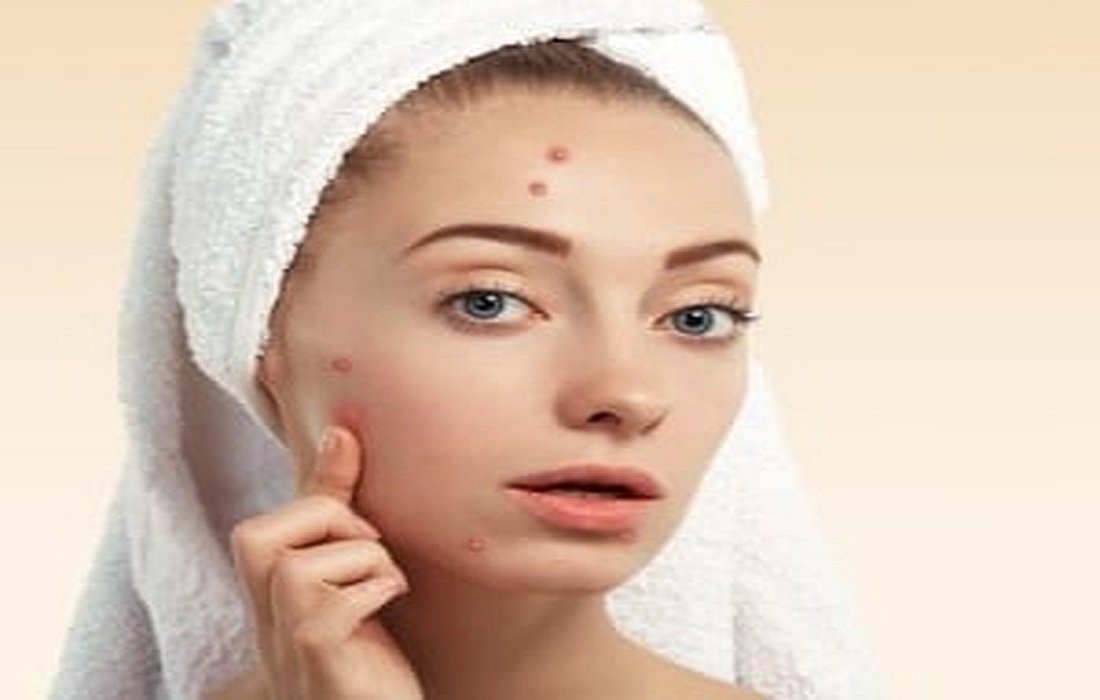All aboutSubcisionand the method for treating acne scarsof the face
Treatment of acne marks, or scars, can be divided into two categories: traditional and modern medicine. Many herbal masks are recommended and used in traditional medicine for treating acne problems. In this section, we will introduce one of the methodsfor treating acne scarsin modern medicine called skin subcision. The article published on acne.org provides information about subcision.
What is subcision?
Subcision is a simple, safe, and office-based method with a different and fundamental mechanism for treating atrophic scars (depressed) such as acne scars, surgical scars, andchickenpox scars.Subcision and fractional RF together are considered the best treatments for atrophic scars (depressed). In the subcision method, the treatment and removal of acne marks involve releasing fibrous or connective tissue. Subcision is performed using a standardized device with special needles called Nocore needles. This method is used to treat deep scars resulting from acne.
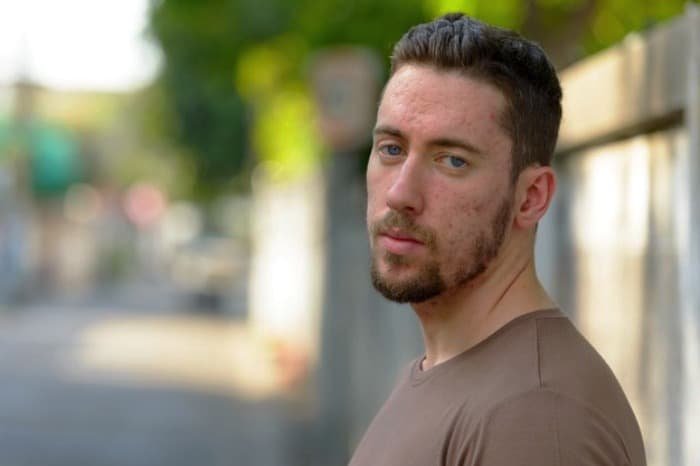
Why do acne scars become depressed?
One significant factor in creating depressions in acne scars is the presence of adhesions and fibrosis beneath them, which pulls the skin inward, causing a depression.
Subcision is a very effective method for improving these depressions and indents in acne scars.Acne scars.Subcision uses a special needle that enters fibrous tissue and horizontally cuts the fibrous tissue.
Methods for performing facial subcision
Old method: Using a Nocore needle resembling a spear, the doctor inserts it into the underlying skin tissues and alternates movement, cutting fibrous tissues and adhesions, sometimes resulting in bleeding andhematomas.This method of subcision achieves its goal of breaking fibrous bonds, but due to unwanted effects such as severe bruising on the face, formation of new scars from the needle’s entry, considerable pain, and sometimes worsening of depressions and adhesions, along with resistant discoloration, it is not widely preferred.
New method: This method, which is conducted using an innovative subcision device, represents significant progress in treating acne scars, extensive scars such as those from cutaneous leishmaniasis, and deep facial wrinkles likesmile linesandfrown linesand has helped rejuvenate skin in older individuals with extensive wrinkles.
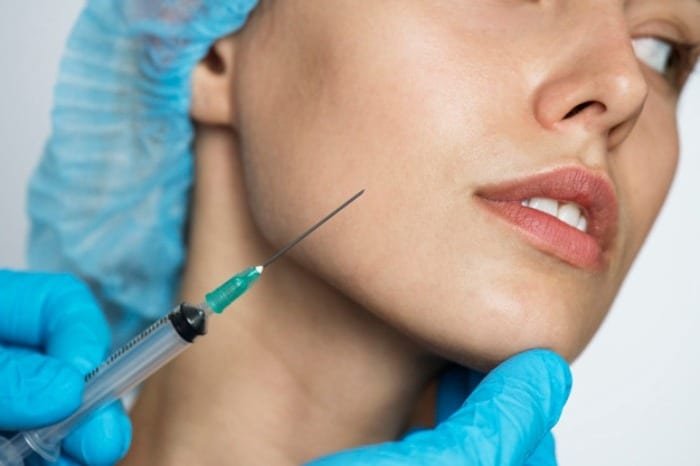
Skin subcision and subcision of acne scars
Who can undergo subcision?
As mentioned, the subcision method is intended for deep scars, and deeper scars tend to yield better results. However, it will also be effective for superficial scars. The subcision method is suitable for most skin types, but darker skin types may have a higher chance of developing hyperpigmentation after treatment.
Subcision is not suitable for these individuals:
- Patients with a history of hypertrophic or keloid scars.
- Systemic oral retinoids such as tretinoin, isotretinoin.
- Individuals with bleeding disorders orblood clotting disorders.(Coagulation Disorders)
- Individuals with active bacterial or viral infections.
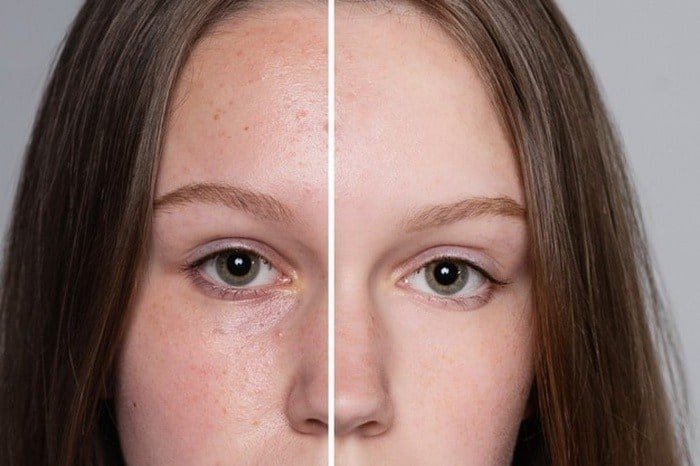
Treatments that can accompany subcision:
The subcision procedure can be combined with the following under medical supervision:
- Topical retinoids.
- Microneedling.–Dermaroller.Dermapen.
- Exfoliating acid (for example, 15% trichloroacetic acid every 4 weeks).
- TCA CROSS.
- Fractional laser therapy.
Precautions and care before subcision:
Take a bath the night before subcision.
If you are among dialysis patients, transplant recipients, or have special medical conditions, inform your doctor.
If you are taking any medications or have a history of substance abuse or addiction, inform your doctor.
Before subcision, wash your face with water andsoap.Remove grease, medications, and cosmetics.
If you are takingwarfarin,heparin,and aspirin, discontinue these medications three days prior after consulting your physician.If you have
diabetes,hypertension,chronic or special diseases, take your medications as per previous advice after consulting your doctor.Individuals with a history of herpes may be prescribed acyclovir as a preventive measure, which should be taken until the lesions improve.If you have infectious diseases such as
hepatitis,AIDS,etc., inform your doctor.
If you arepregnantor breastfeeding, inform your physician.Patients with active acne require effective acne treatment before undergoing subcision.Post-operative care after subcision:
After subcision, the patient should avoid contact with the two holes created on the sides of the face with water for 24 to 48 hours and apply antibiotic ointment on them.Bruising after the procedure is normal and will improve within 8 to 10 days.Sometimes, scars may still be visible after subcision, indicating the need for 2 to 3 sessions during this treatment period for acne marks.
How long does subcision recovery take?
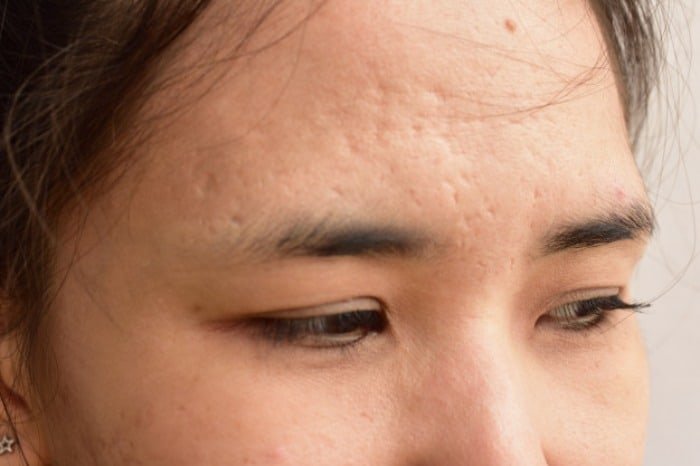
Your quick recovery after subcision depends on your skin type. However, usually:
Redness and swelling will last for 2 to 3 days.Pain will fade away quickly.Bruising will also resolve within 2 to 10 days.
Side effects of subcision
Swelling of the skin around the surgical site due to blood accumulation.
Feeling pain
Infection at the treatment site.
Changes in skin color.
Hematoma due to bleeding.
Hypertrophic scars (5-10) or keloidal scars.
Unfavorable response or non-healing of the wound.
- Nerve or blood vessel damage.
- How many subcision sessions are enough to treat acne scars?
- People’s skin varies, so a precise number of sessions can’t be set for everyone. The needed sessions for subcision depend on skin’s collagen formation ability, the type of depression created, and its depth. However, for treating medium-depth scars, 3 to 6 sessions spaced one month apart are required.
- Is subcision treatment of acne scars painful?
- To minimize pain, the treatment is performed under local anesthesia, and most patients tolerate subcision well.
- Are the results of subcision permanent?
- Yes, the results of subcision are permanent.
- Benefits of subcision

Cost-effective:
This method is relatively inexpensive for treating acne marks.Effectiveness of the method:This method is the most effective for eliminating depressions caused by acne and has far fewer side effects.
Painless:
This method, performed with local anesthesia, is a relatively painless treatment that does not cause significant damage.
Subcision
What is subcision?

Performing subcision
Methods of performing subcision
Subcision
Who should not undergo subcision?
Before subcision
Precautions before subcision
Disadvantages of subcision



